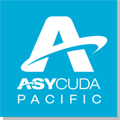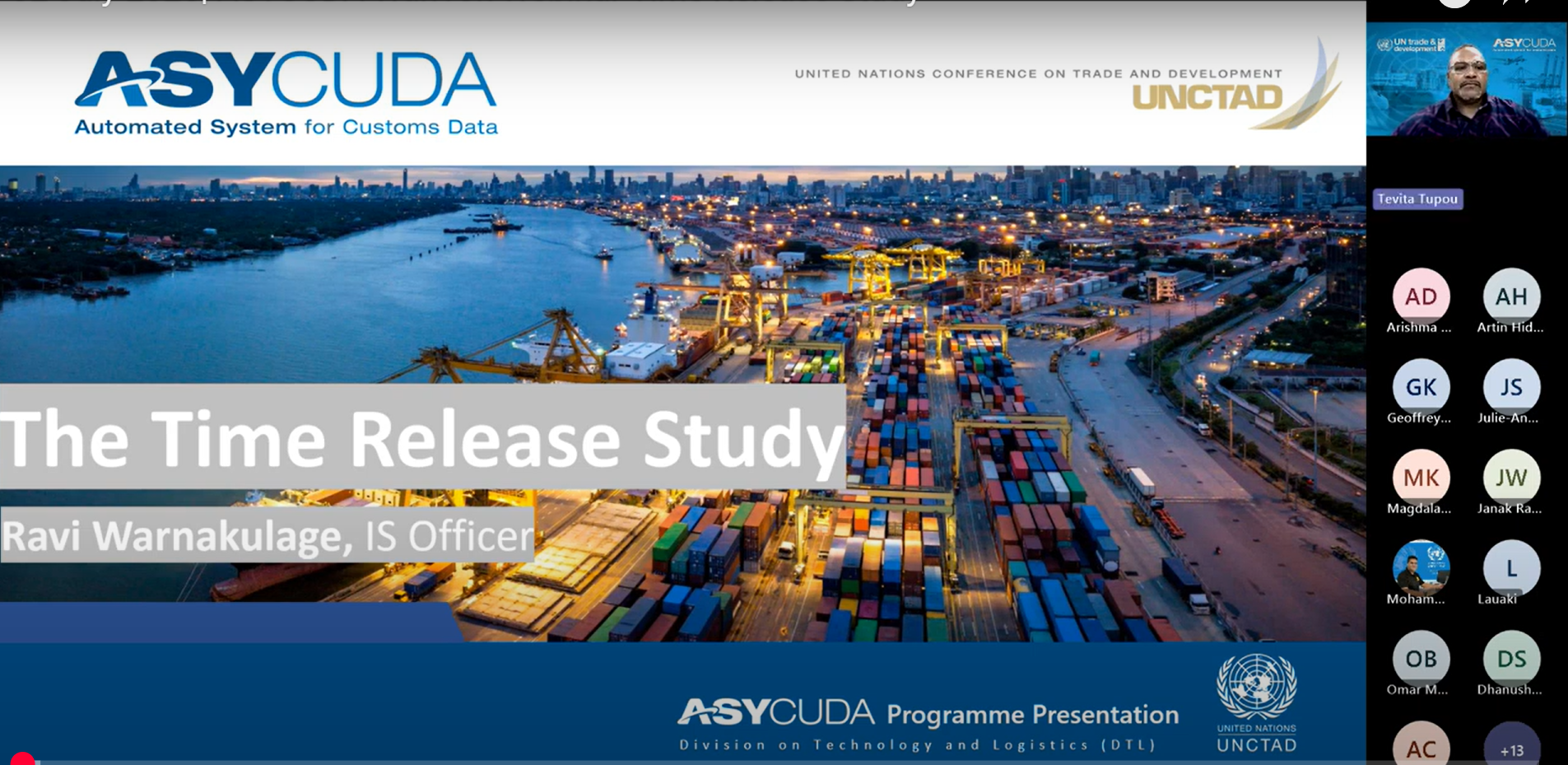UN Trade and Development Unveils Groundbreaking Customs Tool to Accelerate Pacific Trade
In a historic leap for trade facilitation, for the first time Pacific nations have the capacity to conduct automated Time Release Study (TRS) regularly, affordably, and independently.
TRS is a diagnostic tool developed by the World Customs Organisation (WCO) used to measure and analyze the time it takes for goods to be released from customs or other regulatory agencies, identifying bottlenecks and inefficiencies in the trade flow process. TRS empowers Customs to improve the process, enhance efficiency and facilitate trade.
With support from the European Union (EU) funded Improving Pacific Islands Customs and Trade (IMPACT) Project, the UN Trade and Development (UNCTAD) launched an automated TRS through ASYCUDA.
The ASYCUDAWorld-backed automated TRS revolutionises how Customs Administrations collect data at each step, from arrival of the goods to the physical release to the importer or exporter, enabling 15 Pacific countries to continuously monitor cargo clearance times and respond with data-driven reforms.
Traditionally, Time Release Studies were labour and resource-intensive, often requiring months of work, manual data collection, and external support. However, with the advanced methodology applied as a common and consistent approach on TRS, Customs agencies can extract actionable insights directly from ASYCUDAWorld when required.
With ASYCUDAWorld recording key timestamps for each stage of the clearance process, data can be extracted and compiled automatically, reducing reliance on manual surveys and improving accuracy and consistency.
“This is a transformative moment for Pacific Customs, enabling customs administration to review point-to-point clearance data in an easy-to-visualise graphical format,” said Ms. Dhanushki Sahabandu, the Regional Coordinator for UN Trade and Development’s ASYCUDA Programme for the Pacific.
Aligning to Global Obligations and Regional Strategy
The new TRS tool reinforces Pacific nations’ commitments under Article 7.6 of the WTO Trade Facilitation Agreement, which “encourages” countries to measure and publish average release times regularly and consistently.
It further delivers directly on Strategic Objective 2.4 of the Pacific Trade Facilitation Strategy (2024), calling support for implementation of Time Release Studies.
“We’ve moved from a process that could be run once in a few years, to one that can be run monthly,” Ms. Sahabandu said. “This information will help them set the baseline and undertake continuous systemic investigations to facilitate trade and increase efficiency.”
“With this tool, Customs Administrations are now proactive, agile, and evidence-based,” said Ms. Sahabandu.
The TRS was reengineered for the 15 Pacific ACP countries by the UN Trade and Development’s Information Systems Officer, Mr. Ravindra Warnakulage.
Socialising TRS with the Pacific
More than 40 Customs officials from across the region took part in a live regional webinar hosted by UN Trade and Development, where Mr. Warnakulage delivered hands-on demonstrations of how the TRS module visualises each step of the cargo clearance chain—from manifest to declaration, inspection, payment, and release.
According to Ms. Falesala Kofe, the Acting Director for Tuvalu Customs, the TRS in an important addition to the ASYCUDAWorld in Tuvalu because “it tells us where the problems are and where we need to improve ourselves to make processes efficient.”
Building the Future of Pacific Trade
This cutting-edge TRS capability is a strategic enabler of economic growth, transparency, trade facilitation, and regional integration. The tool can facilitate benchmarking when reforms are introduced, as well as a mechanism for continuous monitoring to inform adjustment strategies.
As global supply chains grow more complex, Pacific nations now have the tools to enhance trade facilitation.
With UN Trade and
Development’s continued partnership and support from the European Union,
Pacific Customs Administrations are embracing digital transformation
efficiencies in trade and setting stronger foundation for faster, smarter, and
more sustainable trade.


